God has given the world to us not that we may ravage its natural beauty for our own ends as tourists, but we might build it up as pilgrims, called to create a network of sacred sites that make all the earth Beth El – “the abode of God”. The earth belongs to God, deserves respect and is amenable to human artistry. | We are a pilgrim community and our spiritual journey is a life-long cyclical pattern of path-portal-path. A path leads to a portal, which is both a place of rest and a place of departure that opens the way to another even deepening path … a spiritual journey with no real resting place until we’ve reached the New Jerusalem. |
The Holiness of Beauty
The architect Christopher Stroik suggests that the real power of sacred architecture is not in its beauty, but rather in its ability to mirror and serve the spiritual life of the pilgrims who journey to it. Stroik believes that the real test of the greatness of any sacred architecture in not in the number of tourists who visit, but rather the number of pilgrims who are drawn to it for prayer, or intercession or devotion. Sacred architecture is not ultimately evaluated by its “good lines and proportions”, but rather how it calls and shapes an individual at prayer or a community at worship. Stroik suggests that even those who venture to a sacred site for just the aesthetic experience, have their spiritual and emotional batteries charged in some way.
Likewise, Rabbi Hoffman makes the distinction between tourists and pilgrims. Hoffmann suggests that these are places in which we cross a portal and leave behind our titles, our debts to one another, our day to day affairs, and enter as equals. Sacred sites serve our spiritual journeys and transform us from people with distinctions into a pilgrim people on journey together. Hoffmann believes that these can also be places that help us focus our attention, our prayers, and our concerns at the feet of an intercessor who will help us shoulder the burden or empower us for the journey.
Beth El
Rabbi Laurence Hoffman outlines three ways in which we recognize a place as a scared site. The first is seen in the beauty of some physical geography. Rabbi Hoffman calls this a place of inherent sacredness. This is a place in which people instinctively recognize the hand of God. Humans are drawn to lakes, rivers, deserts, prairies, and mountains. All these places are also markers of all primal religious traditions and the foundation stones of more modern spiritual practices. We need only climb to the summit of a mountain to observe the wonderment of hikers now perched silently on the rocks of the summit. This kind of sacred site transforms our collective souls and slows us down to see and to ponder. This is a place in which there is universal consensus that we are witnessing God’s hand in our world … this is indeed holy ground.
The second kind of sacred site we recognize is a place in which God was once made present in human history. Hoffman calls this a place of historical sacredness. Sacred texts are filled with descriptions of such places, and humans often mark these sites with shrines for pilgrims and seekers to visit. But this type of sacred place might also mark the location of some courageous human action empowered by the spirit of God. Such a site might be a battlefield in which liberty or freedom was won, or a courthouse where justice was secured, or a place where a community came together to serve the needs of the least among themselves. Anywhere God’s presence was experienced, any place that brings us together or where God’s justice prevails is indeed holy ground.
Hoffman suggests that there is also a third way that a place becomes a sacred site. These are places that are works of the imagination and human craftsmanship, and when completed, God is invited to move in. Hoffman call these places of human construction creative sacredness. Certainly, the myriad of churches and cemeteries that dot our local landscape are examples of this kind of sacredness. Built by the local faithful who had the audacity and the confidence that God would not only move in but would sustain the works of their hands. Whether these constructions be grand or small, these creative works of the community become recognized, in time, as holy ground.
Ora et Labora at Thomas Chapel
Thomas Chapel shifted from being an active site of creative sacredness when the congregation transferred its energy elsewhere in 1972. But human intuition suggests that a place’s sacredness is irreversible. For nearly 50 years Thomas Chapel has retained its creative sacredness “in potential”. This place has had the good fortune to be well built, looked after by a few local historians and visionaries, and guarded over by nearly a century and a half of saints and sinners, enslaved and free spirits who worshiped their God in this place. So, the question becomes, “Can Thomas Chapel make a return as a place of creative sacredness?”
Certainly, going back to its prior use as a worshiping congregation is probably not an option. The congregation’s energy refocused elsewhere for a variety of reasons. The chapel’s rural isolation, a lack of amenities and programming, a struggle to sustain pastoral leadership, the cost of maintenance, and changes to ways Methodists came to understand church and worship all worked in tandem to foster a decline in both participation and creativity. While those reasons were certainly grounds for evolution and change, the loss of this place does not have to be inevitable or irreversible.
Portiuncula Guild’s desire to restore Thomas Chapel as a place for assembly, retreat, meditation, prayer, and yoga is rooted in the growing awareness that love, mindfulness, and the search for truth are ultimately deeply anchored in a ministry of imagination and pilgrimage. The work of renewing this local landmark is also rooted in the growing hope that creative folks and spiritual seekers of all denominations and all faiths can find common values and in turn create the possibility of conducting a dialogue with one another to build mutual respect and charity. Because the creative life and the intentional spiritual journey changes you, grows community, fosters social change, and shapes our world for the better.
The path forward is not entirely clear. Art and faith are never simply an expression of the believer’s imagination because the practice and discipline of both art and spirituality shapes the imagination. The creative process and the spiritual quest are both forms of meditation and prayer and thus, critical avenues of insight. Art and faith are shaped in the doing … ora et labora. Like St. Francis and his early followers, we will seek to find our way in the doing of prayer and work. The transformation of the chapel and grounds would necessitate a broad range of artists and craftspeople … carpenters to landscapers, painters to blacksmith, brick layers to designers, etc.
Portiuncula Guild is a faith-based association of creative folks and spiritual seekers working at the intersection of faith, craftsmanship, and creative expression. The intent of the guild is to build mutually supportive creative relationships, foster conversations around the connection between art and faith, as well as seek out artistic collaborations in which art can engage the entire community in the spirituality of the art making process. Portiuncula Guild’s work at Thomas Chapel is not to create a church in a traditional sense. Rather, the guild seeks to provide a place for creative folk who want to expand their spiritual life, as well as any spiritual seeker who wants to explore new ways that the sacred and the imagination come together.
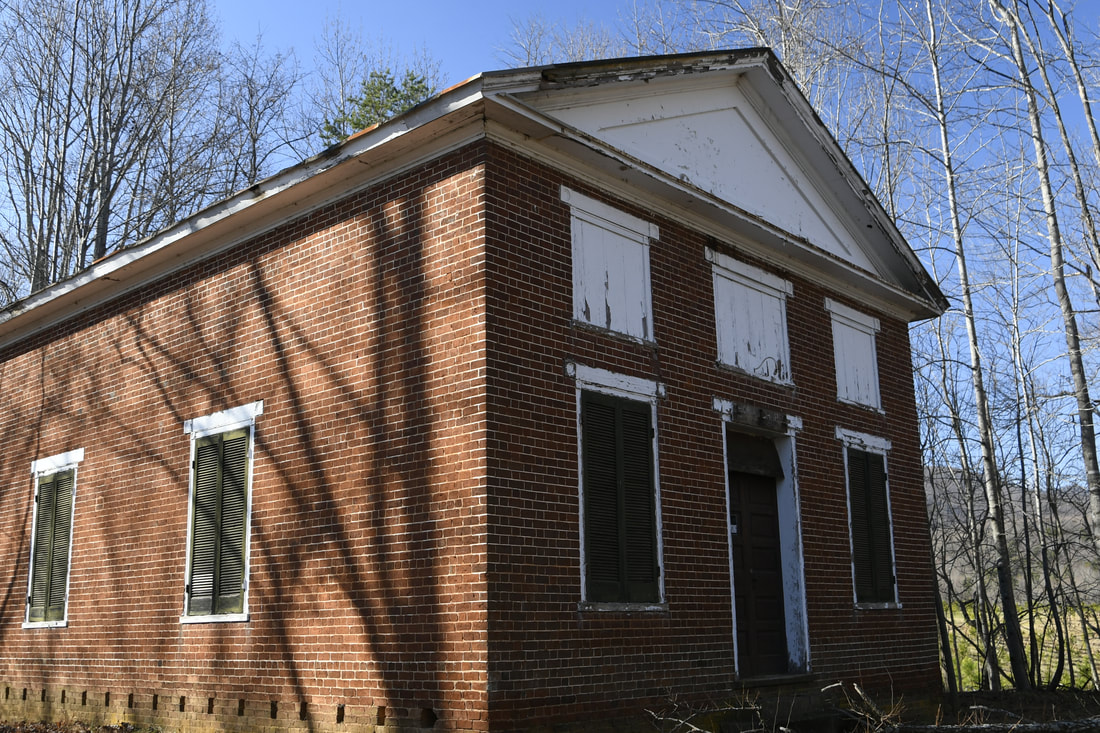



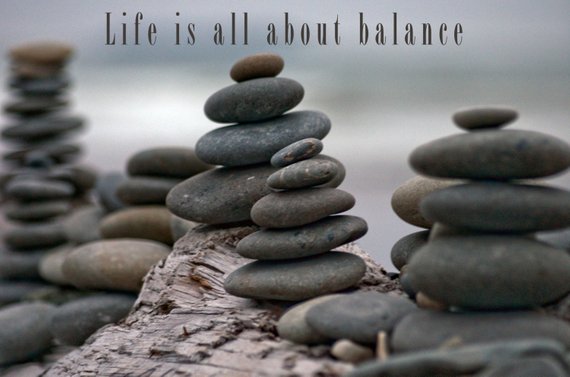
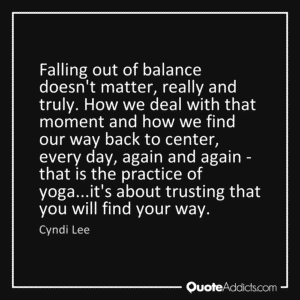





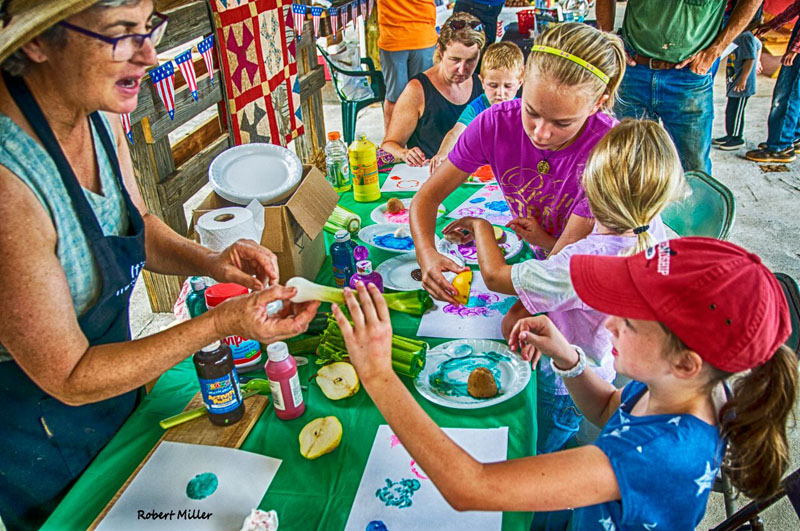
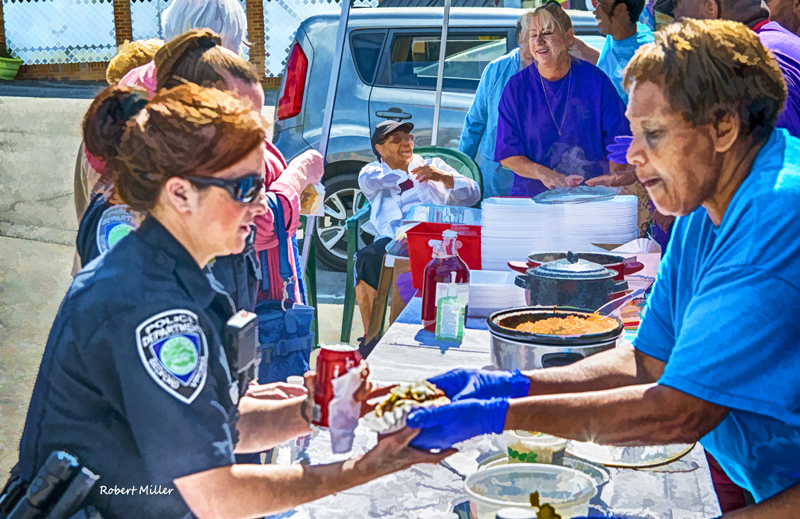
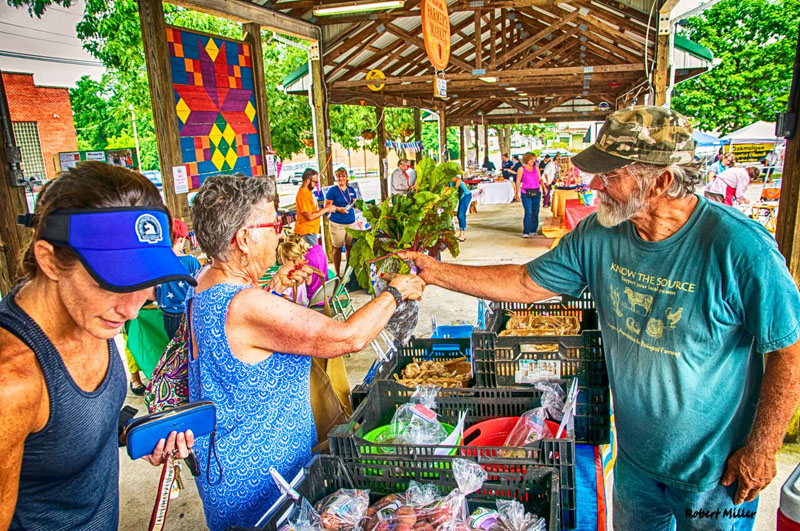


 RSS Feed
RSS Feed